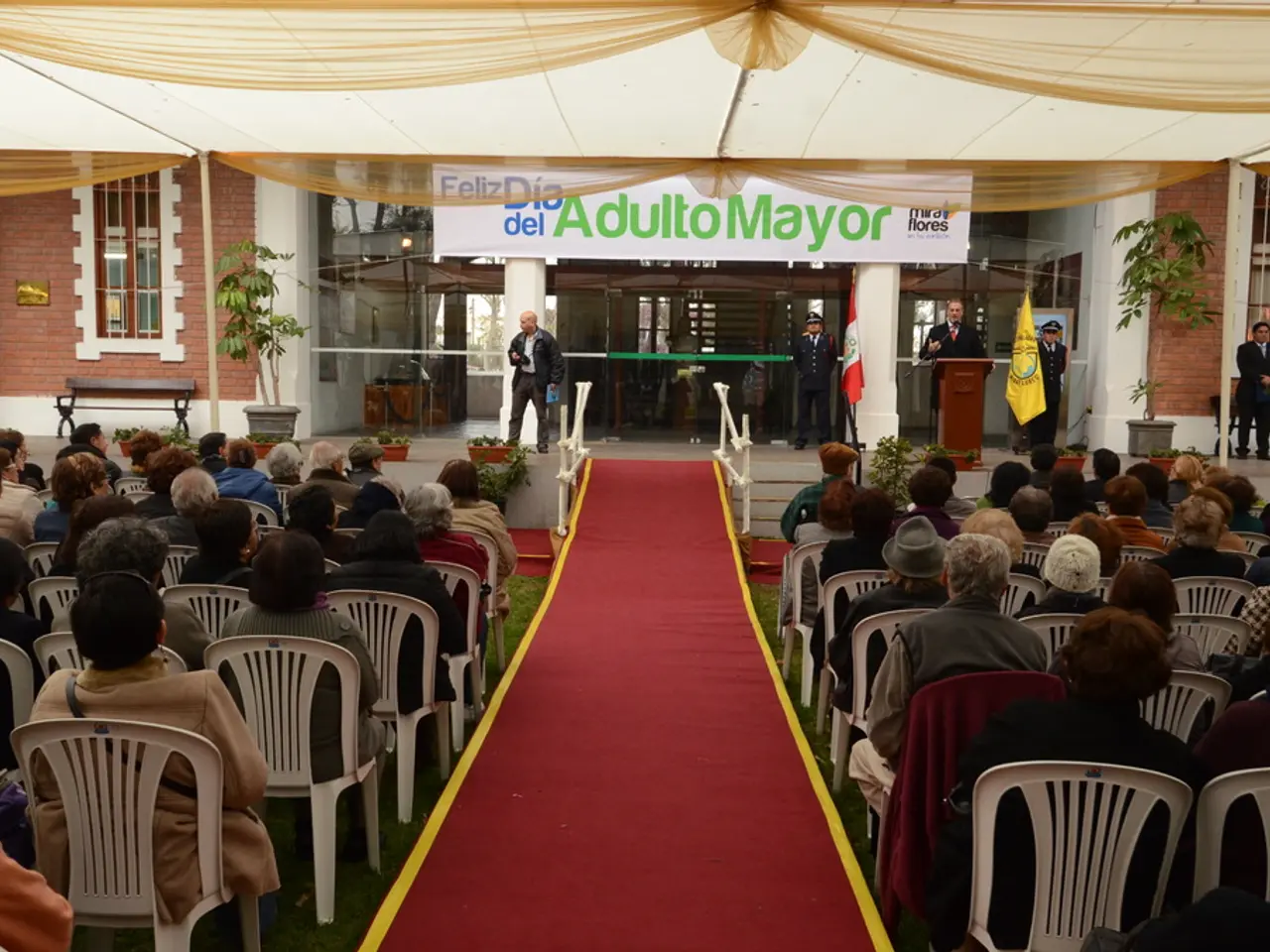U.S. President Trump Enacts 25% Duties on Incoming Kazakh Goods
The United States has announced a new tariff plan, effective from August 1, imposing a 25% customs duty on Kazakh exports [1][2]. However, these higher tariffs are expected to affect only about 5% of Kazakhstan’s exports to the U.S., sparing most key raw materials and strategic commodities [2].
The limited scope of the tariffs suggests that small-scale exporters and artisans, who often deal in products outside Kazakhstan’s major export categories, could face disproportionate challenges as their goods may not qualify for exemptions and thus become less competitive in the U.S. market [3]. Economist Almas Chukin has expressed concerns about the potential challenges for these producers, particularly those who make traditional crafts, national goods, and shyrdaks (felt rugs) [3].
The increased costs and potential loss of market access caused by the tariff could negatively impact these small-scale exporters [4]. However, around 95% of Kazakhstan’s exports—mainly large-scale raw materials—are exempt, implying that the tariff burden might fall more heavily on niche or artisanal products that are less strategically protected [4].
To mitigate these challenges, one potential solution is the relocation of production to the United States, which could exempt Kazakh companies from tariffs under the new policy [1]. President Trump has suggested that tariffs could be avoided if companies move production to the U.S., but Chukin pointed out that there are no external tariffs on the domestic market [3].
The Kazakh government has submitted proposals to the U.S. seeking negotiation, indicating diplomatic channels as a means to possibly secure more favorable terms or exemptions for affected sectors [3].
Meanwhile, Japan has agreed to put $550 billion into U.S. industries and open its market further to American goods, while paying the same tariff rate [5]. This move could serve as a model for Kazakhstan in its negotiations with the U.S.
In summary, the tariffs pose a significant hurdle primarily for small-scale and artisanal producers outside Kazakhstan’s main raw commodity exports. Mitigation strategies focus on production relocation incentives and ongoing trade negotiations to seek exemptions or reduced adverse effects [1][3][4]. President Tokayev has affirmed Kazakhstan’s readiness for constructive dialogue regarding this issue [6].
References: [1] https://www.reuters.com/article/us-usa-trade-tariffs-kazakhstan-idUSKCN24L1ZO [2] https://www.bloomberg.com/news/articles/2021-07-31/trump-s-tariffs-on-kazakhstan-will-hit-just-5-of-exports-to-u-s [3] https://www.kazpravda.kz/ru/news/2021/08/03/kazakhstan-is-ready-for-constructive-dialogue-with-the-us-on-tariffs/ [4] https://www.kazakhtimes.kz/article/347646 [5] https://www.reuters.com/article/us-japan-usa-trade-idUSKBN2F806Z [6] https://www.kazpravda.kz/ru/news/2021/07/10/tokayev-kazakhstan-is-ready-for-constructive-dialogue-with-the-us-on-tariffs/
- The ongoing war-and-conflicts in the global trade arena, as demonstrated by the recent tariff policy-and-legislation changes, have significant implications for politics, specifically economic politics, as seen in the case of small-scale exporters in Kazakhstan who may face disproportionate challenges and potential loss of market access.
- The general-news landscape, particularly economic reports, depict an urgent need for these small-scale exporters to adapt or seek mitigation strategies, such asNegotiation with the U.S. government, or even relocating production to the U.S., to navigate the challenges posed by the tariff policy-and-legislation changes and protect their niche or artisanal products.






